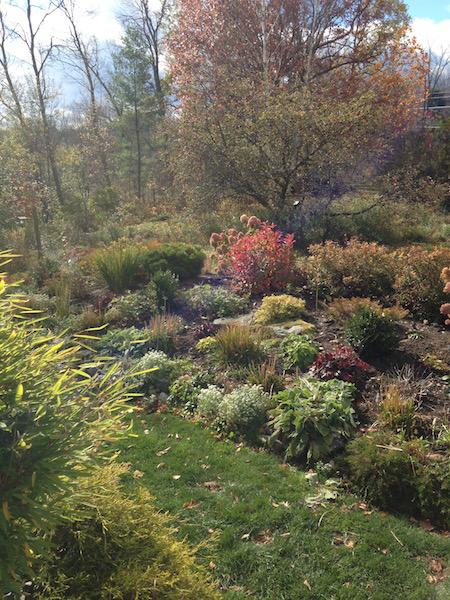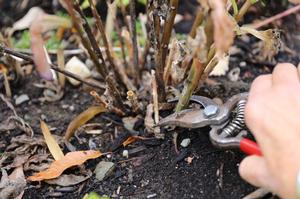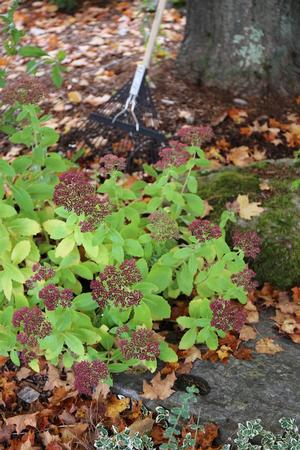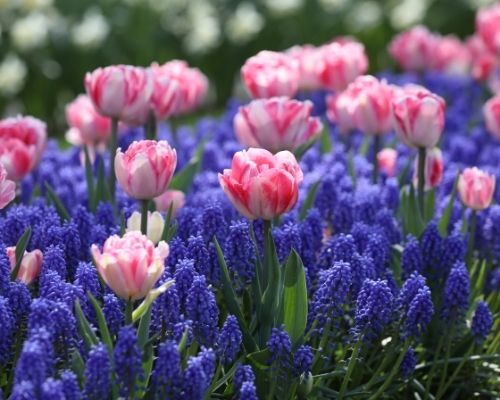What to Do Now for a Better Garden Next Year
This October/November to-do list includes six tasks that will set the stage for next year’s garden. These weekend projects will get you outdoors and keep you active all the way to Thanksgiving!
Edit Your Garden
Fall is the time to give your flower garden a critical once over. It’s much easier to part with plants in the fall than it is in the spring. There are no flowers to tug at your heartstrings and everything has seen better days.
Spread out a tarp and use it as a holding area. Begin by removing any plants that aren’t valuable players. Some may be crowding their neighbors. Others are just taking up space. You may also have too much of a good thing (rudbeckia or sedum anyone?).
Divide and Transplant
Next, dig up any plants that need dividing. Put the whole root ball on the tarp and replant only half or a third of it. You may think it's a risky time to be transplanting, but in the fall, most perennials are pushing energy down into their roots. When the soil is cool and moist, they will quickly get themselves reestablished.
Depending on the size and maturity of your garden, you may wind up with quite a large pile of discarded plants. Let friends and neighbors know about your surplus. Chances are good the plants will be eagerly snapped up. Extras can be tossed on the compost pile.

Cut Back and Clean Up
You can wait until early winter to cut back ornamental grasses, but fall is a good time to trim back the rest of your perennials to about 3” tall. Handy tools include scissors, hedge shears, and regular and long-handled pruners. Getting rid of spent plants will make your garden look much more attractive during the winter months. It also gets rid of diseased foliage, insect eggs and debris that rodents can use for nesting.

Replant Containers
By October, most pots and planters are well past their prime. Choose a couple of your favorite pots and refill them with mums, asters, kale and ornamental grasses. You can also fill some pots with tulips, daffodils or hyacinths. When overwintering bulbs in containers, keep the soil barely moist during the winter months and store the pots in a cool (40-45°) place where the soil won’t freeze.
Plant Bulbs
Perennial gardens are an ideal place for snowdrops, crocus, chionodoxa, scilla, dwarf daffodils, tulips and alliums. By the time the peonies bloom, these spring bulbs will have already given you 6 weeks of flowers. You can tuck bulbs in almost anywhere. Get them into the ground by mid-November so they have time to grow roots before the soil gets too cold.
Gather Leaves
Shredded leaves are incredibly valuable for both mulching and soil building. Put the grass catcher bag on your lawn mower, and you can collect and shred leaves at the same time. Store freshly shredded leaves in plastic trash bags or in a big pile under a tarp. If you let them sit for about a year, you’ll get leaf mold -- finely textured, dark colored leaves that are perfect for mulching around perennials.
Fall gardening tasks are like bonus points -- they aren’t essential, but they add up quickly and you’ll see the difference in your garden next year!
Learn more here: Landscaping With Spring-Blooming Bulbs


